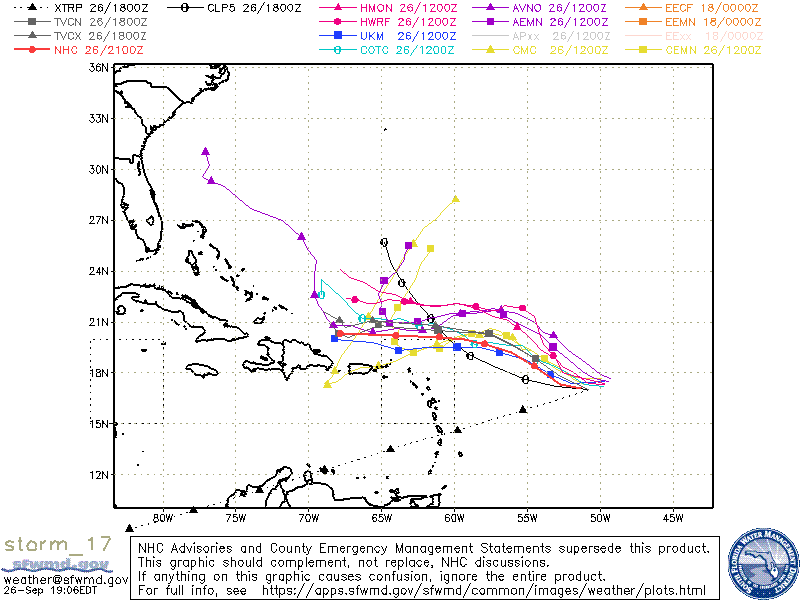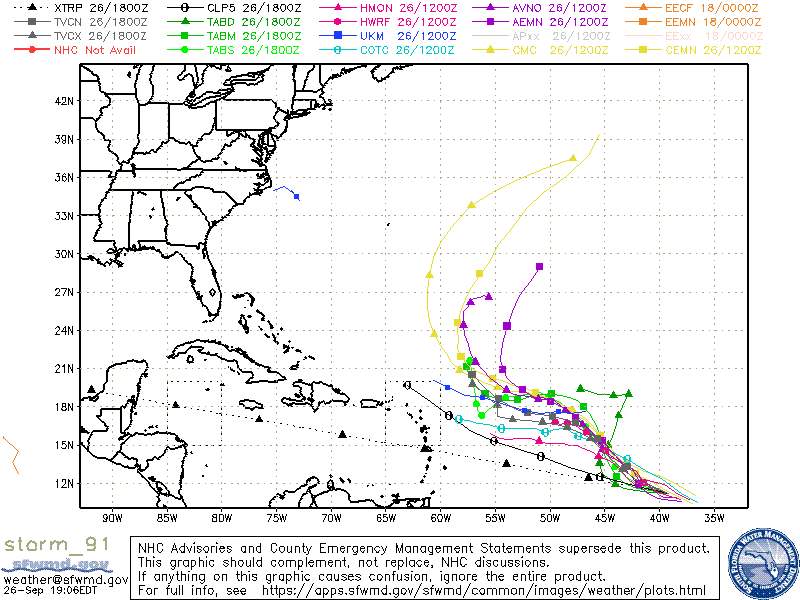About Spaghetti Models
Welcome to the most comprehensive resource on the internet for understanding hurricane spaghetti plots. In this detailed guide, we will delve deep into the world of hurricane forecasting and explore how spaghetti plots play a vital role in predicting the path of these powerful storms.
What Are Spaghetti Plots?
Spaghetti plots, also known as track forecast ensembles, are a crucial tool in hurricane forecasting. They provide a visual representation of the potential paths a hurricane may take. These plots consist of multiple lines that resemble a tangled web or, as the name suggests, strands of spaghetti. Each line on the plot represents the projected path of a hurricane according to a specific weather forecast model.
Imagine having a group of meteorologists making predictions about where a hurricane will go. Each meteorologist uses their computer model, based on various data and calculations. The result is a range of forecasts, and that's exactly what spaghetti plots show: a range of possible hurricane tracks.
Why Are They Called "Spaghetti Plots"?
The term "spaghetti plots" was coined due to the resemblance of these plots to a plate of tangled spaghetti. When you look at a spaghetti plot, especially one with numerous lines, it appears like a complex and twisted assortment of paths, much like the strands of pasta on a plate. This visual representation effectively conveys the uncertainty in hurricane forecasting.
Understanding the Significance
Now, let's explore why spaghetti plots are so significant in hurricane forecasting and decision-making:
Ensemble Forecasting
Spaghetti plots are a product of ensemble forecasting, a technique where multiple simulations of a hurricane's path are created by adjusting initial conditions and model parameters. This ensemble approach provides a range of possible outcomes, reflecting the inherent uncertainty in forecasting. Meteorologists analyze these various paths to gain insights into the potential track of the hurricane.
Uncertainty Assessment
The spread of lines on a spaghetti plot indicates the level of uncertainty in the forecast. When lines are tightly clustered, it suggests more agreement among different forecast models, leading to higher confidence in the predicted track. Conversely, a wide spread indicates greater uncertainty and the need for continued monitoring and analysis.
Model Diversity
Spaghetti plots include forecasts from multiple meteorological models, each with its strengths and weaknesses. Some models may perform better in certain situations, such as tracking hurricanes over the ocean or near the coast. By examining a variety of models, forecasters can consider different scenarios and better understand the range of potential hurricane paths.
Decision-Making
Spaghetti plots play a crucial role in the decision-making process for emergency management agencies and communities at risk. These agencies use the information from spaghetti plots to make informed decisions, such as issuing evacuation orders, allocating resources, and preparing for potential impacts. The wider the spread on the plot, the more challenging decision-making becomes, as a broader area may need to be prepared for the storm's potential path.
Interpreting Spaghetti Plots
Interpreting spaghetti plots requires careful analysis. Meteorologists consider various factors, including the strength of different forecast models, the historical accuracy of those models, and the current atmospheric conditions. While spaghetti plots provide valuable information, they are just one tool in the meteorologist's toolkit.
Types of Hurricane Models
Understanding the different types of hurricane models is essential when interpreting spaghetti plots. There are global models, regional models, and hurricane-specific models, each with its own set of equations and data sources. These models contribute to the diverse range of tracks seen on spaghetti plots.
Case Studies
Examining real-world examples is an excellent way to grasp the practical importance of spaghetti plots. We will delve into case studies of notable hurricanes and the corresponding spaghetti plots. This will provide insights into how these plots have influenced forecasting and decision-making in critical situations.
Resources and Tools
This website also provides access to valuable resources and tools for those interested in hurricane spaghetti models. We offer links to data sources, interactive visualization tools, and educational materials to further your understanding of this topic.
Latest Updates
Stay informed with the latest hurricane tracking information, especially during hurricane season. We provide regular updates on current storms, including their spaghetti plots, to keep you well-prepared and aware of potential threats.
Image Gallery
Explore some example spaghetti plots in our image gallery:


Conclusion
Thank you for visiting the ultimate resource for spaghetti plots. We hope this comprehensive guide has deepened your understanding of this critical aspect of hurricane forecasting. Stay informed, stay safe, and be prepared for the unpredictable paths that hurricanes may take.